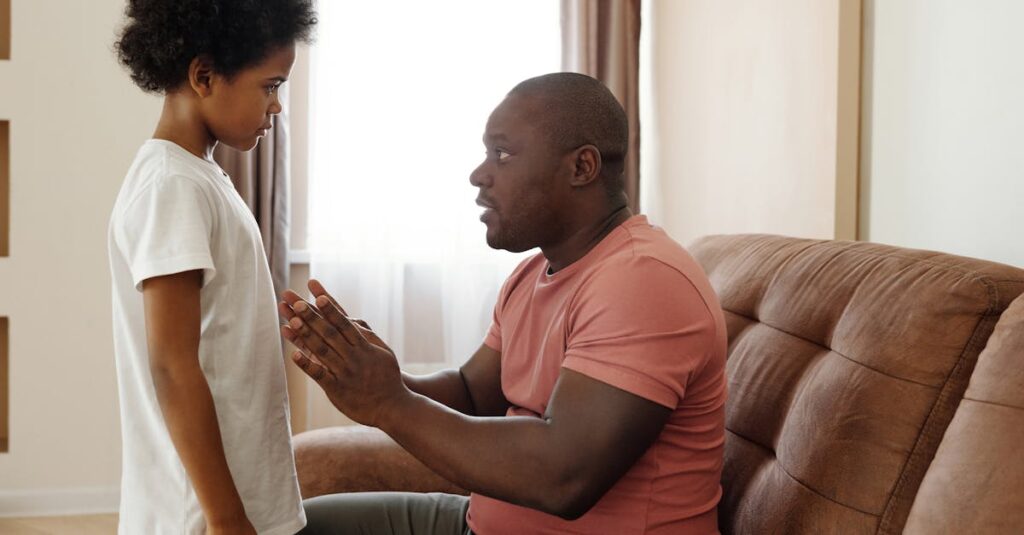Why the Last Supper Matters for Little Ones
The Last Supper might seem like a daunting topic for preschoolers, but it holds valuable lessons about sharing and togetherness. When Jesus gathered his friends for that last meal, he taught key values like gratitude and communion.
Why introduce this to preschoolers? Because beginning these ideas early helps in shaping empathetic and compassionate human beings. Think of it as planting tiny seeds of knowledge that will grow as they do. It is not about religious indoctrination but about fostering a sense of community and understanding.
Plus, most kids love stories! So, the scene is set: let’s unravel the mysterious tale of the Last Supper with tiny ears in mind.
Turning the Last Supper into a Fun Story
Transform this biblical event into an enthralling story for your preschooler. Start by setting the scene: Jesus and his friends reclining at a big, wooden table. Let them imagine the smell of fresh bread, the sound of wine being poured, and the taste of sweet words of friendship.
Use toys or even snacks to play out the scene. Remember to be expressive! With the right enthusiasm, even broccoli can become miraculous bread for the moment!
Once your preschooler sees it as a fantastic story rather than a solemn ceremony, they’ll be more inclined to remember its core values of friendship and sharing.
Craft Time: Create Your Own Last Supper
There’s nothing like hands-on creativity to help little minds comprehend big concepts. Gather construction paper, some crayons, and a sprinkle of imagination. Guide your child as they color or craft a simple table setting with their favorite figurines.
Emphasize the concept of everyone coming together to share a meal. Besides being a bonding activity, it roots a visual memory of the event in their minds. Insert a little humor – is Batman joining your Last Supper? Let them run with it! Ways like these make abstract ideas more tangible for young learners.
Materials Needed:
- Construction paper
- Crayons
- Favorite figurines
- Imagination!
Benefits of this Activity:
- Promotes creativity and imagination
- Encourages bonding time between parent and child
- Helps in understanding significant concepts through visual representation
This activity not only fosters creativity but also creates lasting memories. Enjoy the process, and let your child’s imagination run free!
Kids and Communion: What They Can Learn
Communion can mean many things to kids: togetherness, unity, or simply sharing. It’s important to translate the deeper meanings of sacraments into simpler terms that they can understand.
Explain that during church, they might see people sharing bread and grape juice to remember a special meal Jesus had with his friends. To make it more relatable, you can:
- Reenact the communion experience at home using juice and crackers.
- Allow your child to serve you, reinforcing the act of giving.
This small act reinforces kinship and the significance of sharing. Stress that the essence lies in the emotions it evokes—love, sharing, and togetherness—more than the act itself.
Emotional Challenges of Teaching Communion
Teaching something as loaded as communion brings its emotional challenges. You might feel hesitant about getting the wording right or shy away from theological depth. Many parents do. Don’t sweat it—kids pick up on simplicity and love.
Avoid dwelling on worry or perfection; after all, they are here to observe and question. If they ask why folks kneel during communion, use it as an opportunity!
Offering reassurance that no question is too big or too small can embolden them. Remember, parental guidance means sharing journeys rather than providing all the answers.

